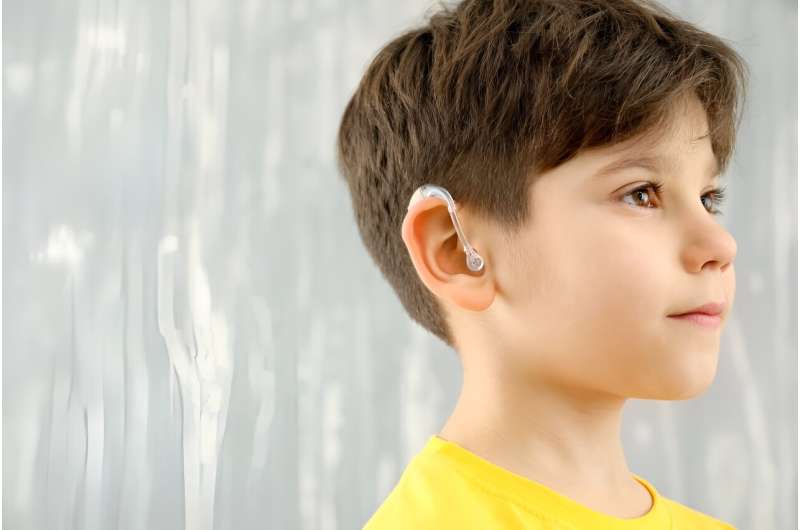Race and ethnicity and neighborhood disadvantage are associated with hearing-related quality of life (QOL) in deaf or hard-of-hearing (DHH) children, according to a research letter published online Oct. 30 in JAMA Network Open.
Brooke R. Warren, from the University of California in San Francisco, and colleagues assessed differences in hearing QOL across diverse DHH populations. The analysis included 299 patients (aged 7 to 18 years) with permanent hearing loss seen at a tertiary care center from 2014 to 2022.
The researchers found that pure tone average (PTA) had an inverse association with the Hearing Environments and Reflection on Quality of Life (HEAR-QL) score, with less hearing loss associated with a higher HEAR-QL score. There was an association observed between non-Hispanic white race and ethnicity and a lower HEAR-QL score, even when accounting for all sociodemographic and clinical covariates.
In contrast, non-Hispanic Asian race and ethnicity was associated with higher HEAR-QL scores. There was a negative association noted between area deprivation index (ADI) ranking and quality of life. Patients with greater socioeconomic disadvantage were significantly more likely to have a lower HEAR-QL score. For patients aged 7 to 12 years, the total HEAR-QL score was not significantly associated with ADI, while for patients aged 13 to 18 years, high ADI was significantly associated with a low total HEAR-QL score.
"Future studies should elucidate these modifiable factors to enable multidisciplinary health care teams to provide more tailored hearing loss care and improve QOL in DHH children," the authors write.
More information: Brooke R. Warren et al, Sociodemographic Disparities and Hearing-Related Quality of Life in Children With Hearing Loss, JAMA Network Open (2023). DOI: 10.1001/jamanetworkopen.2023.40934
Journal information: JAMA Network Open
2023 Healthday. All rights reserved.
























